ARTICLE
Three easy ways to cut energy use by making more of the technology you already have
Can you reduce energy use in your premises simply by making the most of the technology you already have? The answer is yes, and in this post we cover three ways to get started with this.
There are a myriad of different ways to make energy improvements in a workspace to reduce wasted energy – reducing running costs and carbon emissions.
These range from no-cost, low-effort options like improvement staff awareness and energy management to higher-cost interventions such as replacing your heating system or installing rooftop solar PV panels.
Not all businesses will be able to immediately find the cash to opt for these kinds of interventions (though do drop our team an email as we can help with financing opportunities), but pretty much every business can make a difference simply by making more of the technology already used in their premises.
Monitoring your meter
Our assessors find that at most organisations energy meter data is seen as needed only to pass on to their utility providers, and little ownership is taken of energy data within the company itself. If you’re looking to reduce energy use in your organisation, then, this is the perfect place to start.
The first step is to make sure you understand your current meter set up.
Do you have one meter for your entire premises, or multiple across different buildings? How often are readings being taken? Are these readings being monitored and compared to see any irregularities or areas of high energy use?
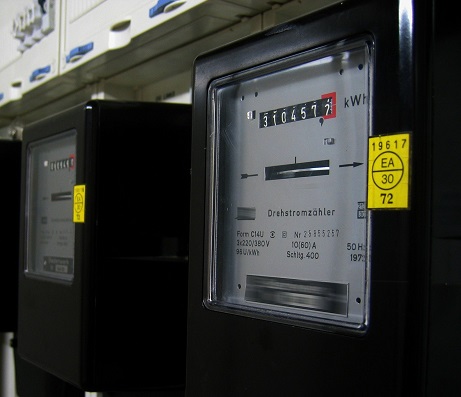
You can then use this information to start regularly monitoring your meter(s) and analyse the data to notice patterns and make improvements.
For instance, we commonly find that looking at meter data shows there is a fair amount of energy being used overnight and/or during the weekend at workplaces which are empty during these times. This tells us that heating or equipment is left on unnecessarily, and a simple change is to make sure that someone in the business is responsible for ensuring everything is switched off at the close of the working day.

If you have (or install) sub-meters for individual rooms or buildings, you’ll also be able to see which parts of the premises are responsible for the highest energy use, helping you know where to focus your efforts initially.

Struggling to find energy efficiency funding?

Energy Efficiency Quick Tips for GP Practices

Support for businesses and organisations in Oxford City – Build Back Better (Ended December 2022)
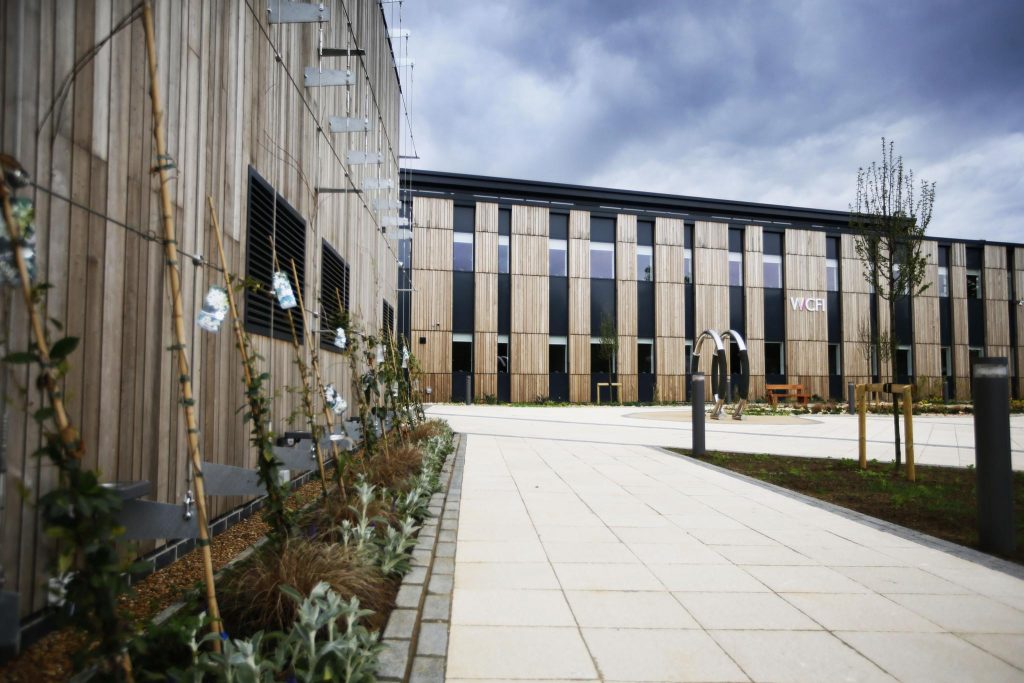
The benefits of an energy efficient workplace: an interview with The Oxford Trust
Regular monitoring and analysis of your energy data will also enable you to make targets as an organisation of how much you’d like to reduce energy usage – which will give you the drive to plan a series of improvements.
Automation and controls
Often substantial amounts of energy are wasted in business premises because energy-using items are left switched on for more time than is necessary – be it lights, heating, or equipment. An easy fix to this is to automate the switching off, reducing energy loss without requiring much time or effort from your staff to implement.
Many items will have automation built in which you can explore programming. For instance, your heating system may allow you to set timers for when the heating comes on and off.
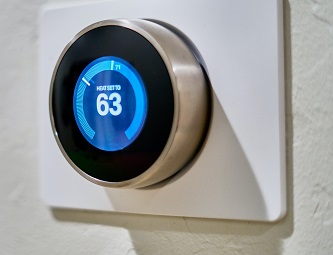
Having more control over heating will help keep your workspaces comfortable all year round, avoiding employees feeling the need to increase or decrease the temperature during the day – we too often see offices where the heating is on and windows are open to cool the space down!
Other pieces of equipment like laptops and computers, and even manufacturing equipment, will have controls that allow you to tell the item to switch itself off when not used over a certain period of time.
We’d also recommend installing automatic light sensors which will either switch lights off after a certain period of time, or when they detect no motion in the space.
If your business has substantial amounts of equipment (e.g. manufacturing or engineering organisations) you may also want to explore variable speed drive (VSD) options for items such as air compressors. Variable speed drive air compressors will vary the production of compressed air based on the load at any one time – rather than running at a constant pace all day long.
Consider Heat Recovery
In any kind of business, a significant amount of energy used is wasted through waste heat. Any piece of equipment that produces heat will waste some energy in the process, and a heat recovery system will reduce this wasted heat substantially – allowing the wasted heat to be re-used within your buildings for heating or hot water.

Struggling to find energy efficiency funding?

Energy Efficiency Quick Tips for GP Practices

Support for businesses and organisations in Oxford City – Build Back Better (Ended December 2022)
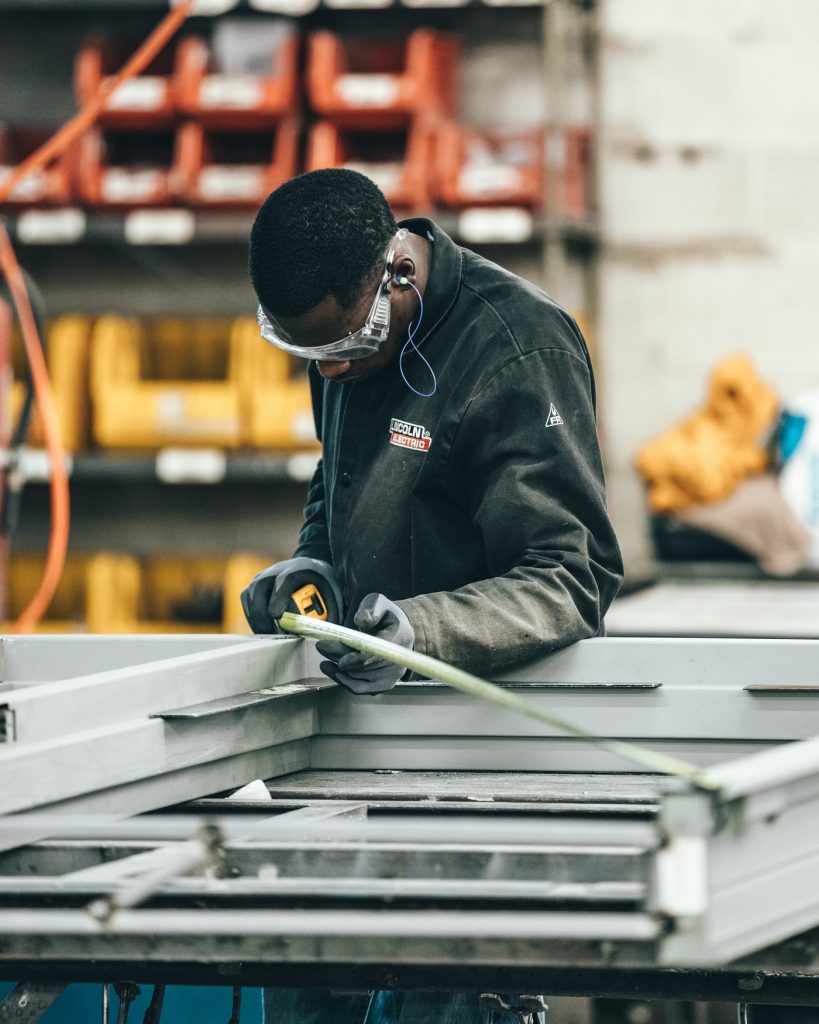
How to reduce energy use in manufacturing
This is particularly relevant for industrial businesses using large amounts of electrical equipment. But, heat recovery systems are available at pretty much any scale, meaning that even for a small office a heat recovery unit could be installed onto your existing heating system to re-use wasted heat.
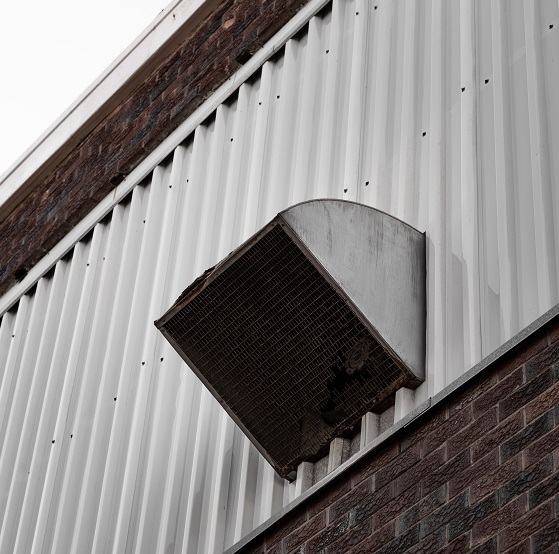
A heat recovery system works by using a central ventilation unit with separate ducts for removing stale air out of the room/building and for drawing in fresh air from outside.
The heat from the stale air is recovered and passes through a heat exchanger before being transferred to the fresh air. In this way, the heat can be retained without the two flows of air being mixed.
Interested in what’s possible for your business or organisation? We’d always recommend you start with an energy assessment, ensuring you understand your building(s) and your existing energy use in order to identify the best ways to start making improvements. We can help with this – drop us an email to get started.

Thanks for reading!
Energy Solutions Oxfordshire makes it simple for every organisation to stop wasting energy, cutting running costs whilst helping to tackle climate change. Get started by filling out our online survey to get a free Desktop Diagnosis Report for your organisation.
Did you like what you read?
Then share this page with a colleague to keep the
conversation going and spark new ideas.
You might also like…

Struggling to find energy efficiency funding?

Energy Efficiency Quick Tips for GP Practices

Support for businesses and organisations in Oxford City – Build Back Better (Ended December 2022)

All but two regions are failing on school energy efficiency in the UK

Does your organisation have an energy champion?

ESOx joins Carbon Monsters event in April

